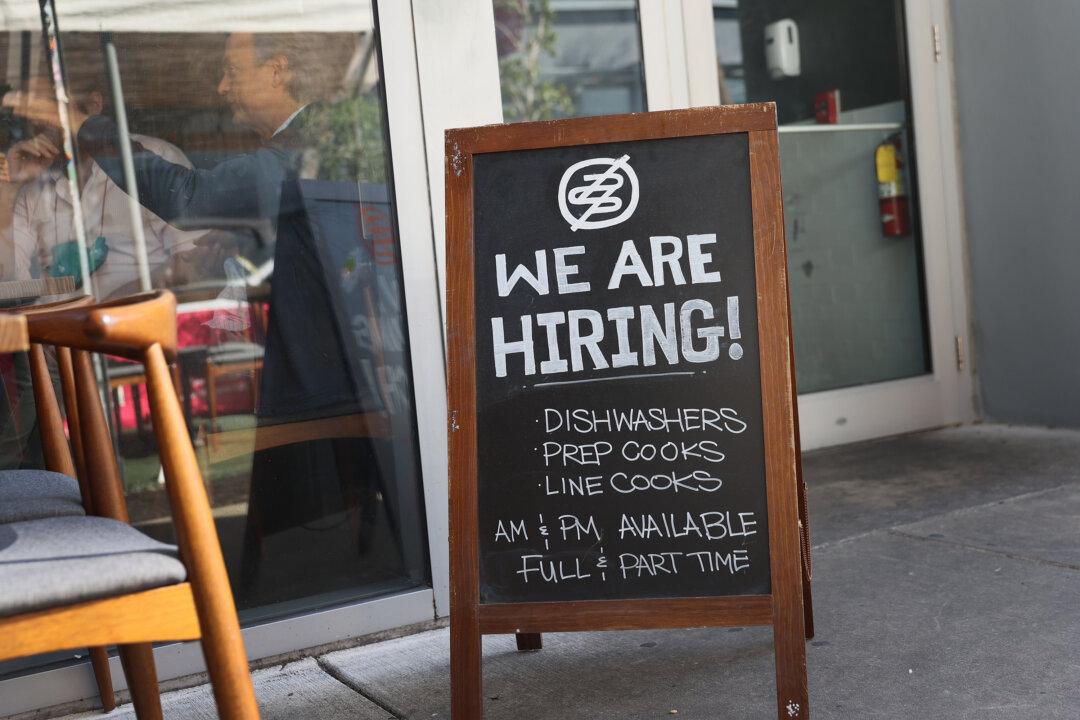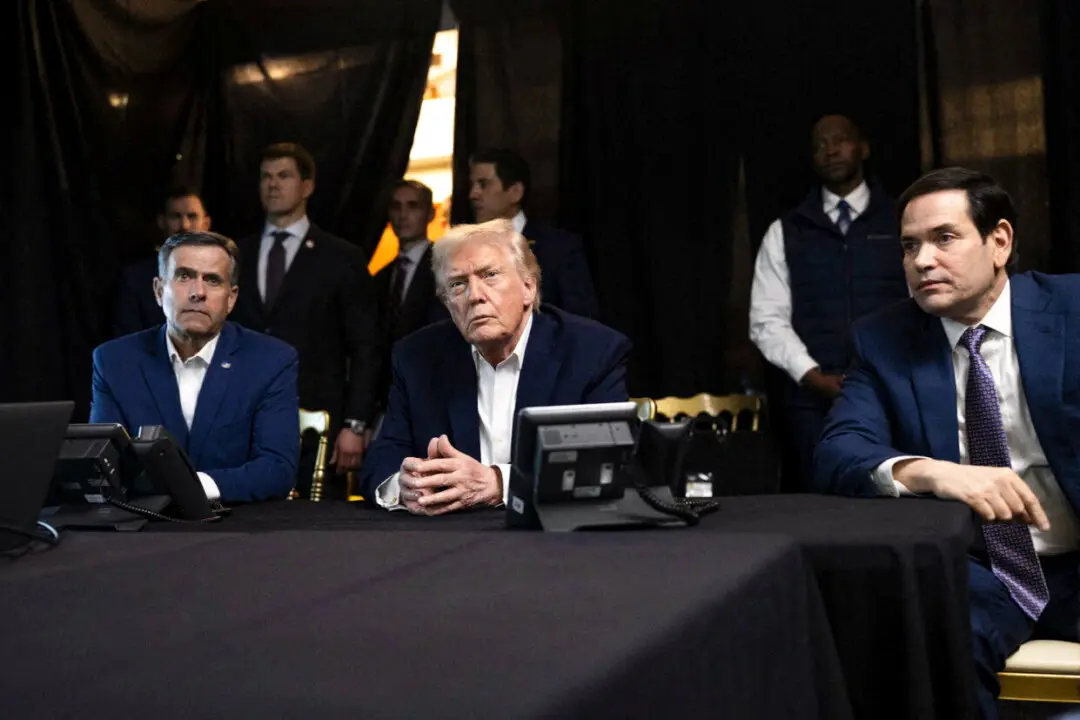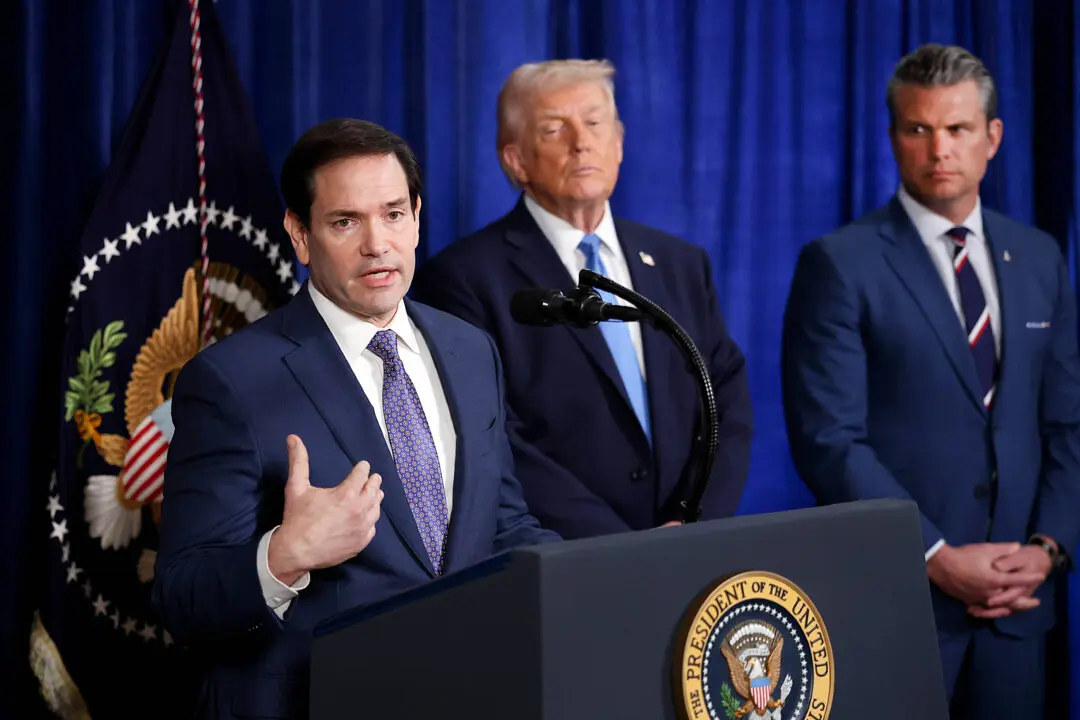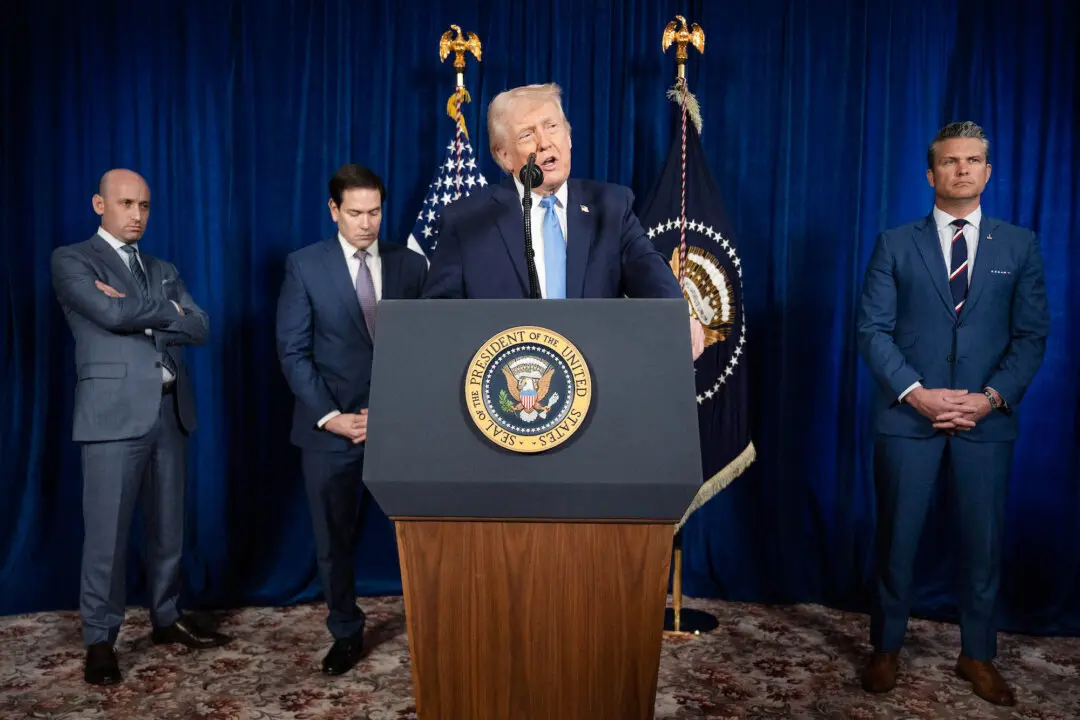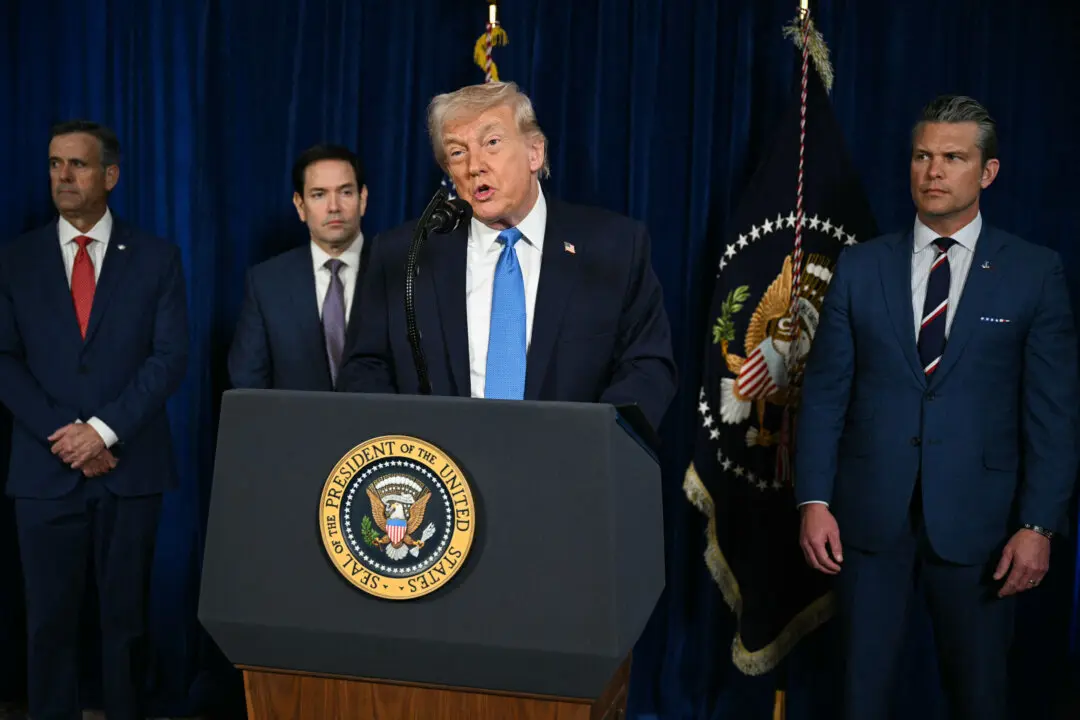WASHINGTON—The U.S. Chamber of Commerce called for the federal government and states to take swift action to address “the country’s ever-worsening workforce crisis,” as the economy gains momentum, triggering a strong demand for labor.
“America’s great economic resurgence is being held back by an unprecedented workforce shortage—and it’s getting worse,” Neil Bradley, executive vice president of the U.S. Chamber of Commerce, said in a statement on June 8.
